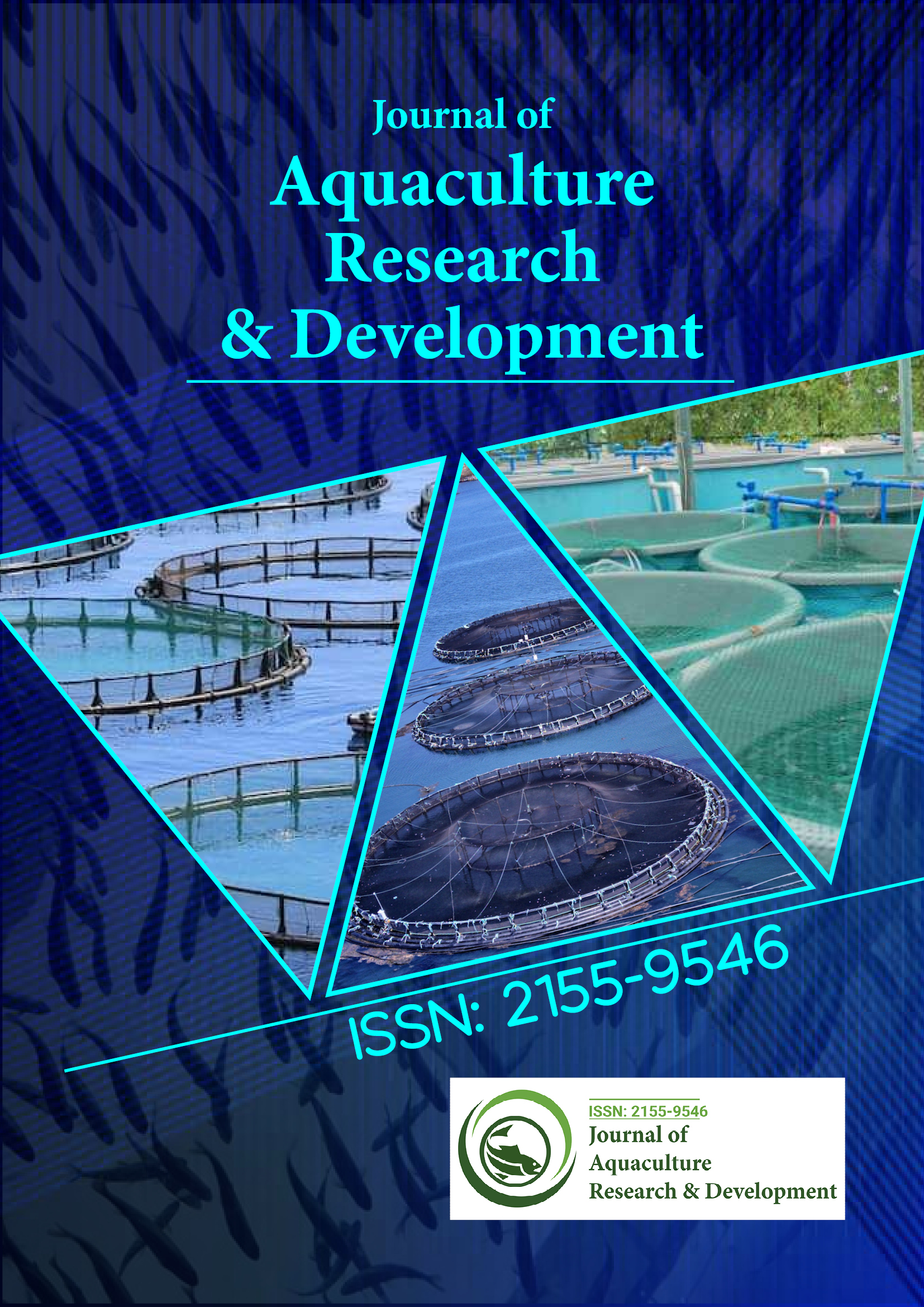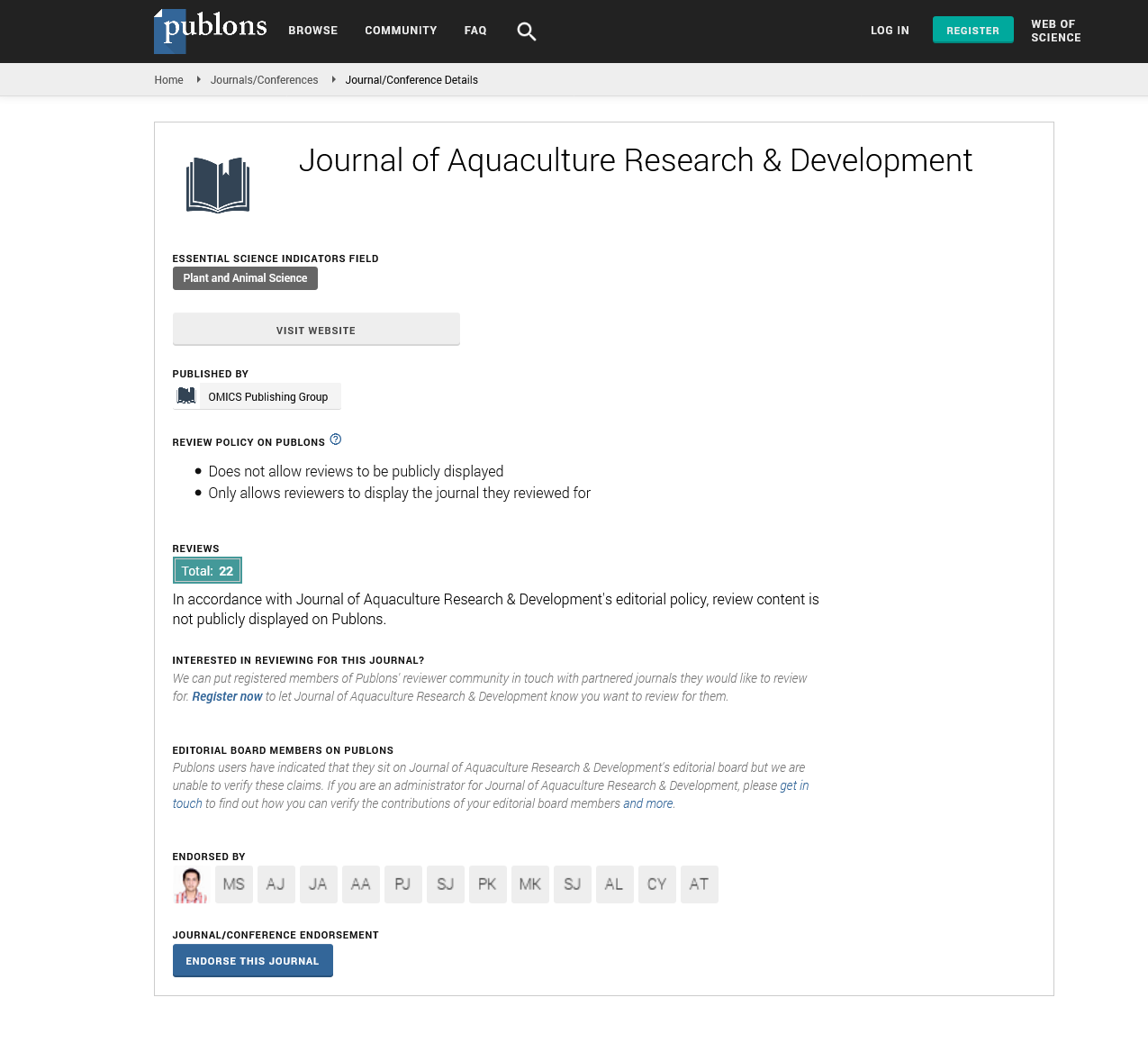Indexed In
- Online Access to Research in the Environment (OARE)
- Open J Gate
- Genamics JournalSeek
- JournalTOCs
- Scimago
- Ulrich's Periodicals Directory
- Access to Global Online Research in Agriculture (AGORA)
- Electronic Journals Library
- Centre for Agriculture and Biosciences International (CABI)
- RefSeek
- Directory of Research Journal Indexing (DRJI)
- Hamdard University
- EBSCO A-Z
- OCLC- WorldCat
- Scholarsteer
- SWB online catalog
- Virtual Library of Biology (vifabio)
- Publons
- MIAR
- University Grants Commission
- Euro Pub
- Google Scholar
Useful Links
Share This Page
Journal Flyer

Open Access Journals
- Agri and Aquaculture
- Biochemistry
- Bioinformatics & Systems Biology
- Business & Management
- Chemistry
- Clinical Sciences
- Engineering
- Food & Nutrition
- General Science
- Genetics & Molecular Biology
- Immunology & Microbiology
- Medical Sciences
- Neuroscience & Psychology
- Nursing & Health Care
- Pharmaceutical Sciences
Perspective - (2024) Volume 15, Issue 10
Role of Conservation of Marine Mammals in the Management of Ocean Ecosystems
Christos Hanson*Received: 25-Sep-2024, Manuscript No. JARD-24-27509; Editor assigned: 27-Sep-2024, Pre QC No. JARD-24-27509 (PQ); Reviewed: 11-Oct-2024, QC No. JARD-24-27509; Revised: 18-Oct-2024, Manuscript No. JARD-24-27509 (R); Published: 25-Oct-2024, DOI: 10.35248/2155-9546.24.15.922
Description
Marine mammals hold ecological importance due to their role in nutrient cycling, ecosystem balance and food web regulation. Whales, for example, contribute significantly to the marine nutrient cycle through their feeding and migratory behaviors. When whales dive to feed at deeper levels and then surface to breathe, they bring nutrients from the depths of the ocean to the surface, which benefits phytoplankton and other microorganisms that form the base of the marine food web. Whale feces also release nutrients into surface waters, promoting phytoplankton growth and supporting fish populations that feed on these organisms.
Other marine mammals, such as seals and sea lions, play important roles as predators, helping to keep fish populations in check. By preying on fish, squid and other marine creatures, they prevent overpopulation of these species and maintain a balanced ecosystem. In addition to their ecological role, marine mammals also hold economic and cultural significance. Marine tourism, particularly whale-watching and dolphin tours, supports local economies and raises awareness about ocean conservation. Many coastal communities have cultural connections with marine mammals, viewing them as symbols of natural heritage and conservation priorities.
Marine mammals encounter a range of threats that affect their populations and overall health. One of the primary challenges is habitat loss, driven by coastal development, pollution and human activities such as shipping and fishing. Coastal development can disrupt important breeding and feeding areas, forcing marine mammals to relocate and adapt, which affects their survival. The construction of harbors, oil drilling platforms and aquaculture facilities alters habitats and reduces the available space for marine mammals to thrive.
Pollution, especially from plastic waste and chemical runoff, poses a serious risk to marine mammals. Plastics and other debris can be ingested by marine mammals, leading to digestive blockages, injuries, or even death. Toxins from chemicals such as pesticides, heavy metals and industrial runoff accumulate in marine food chains, ultimately affecting top predators like marine mammals. These pollutants impair immune function and reproductive health, reducing the resilience of marine mammal populations.
Noise pollution, primarily from ship traffic, drilling and military sonar, is another significant threat. Marine mammals rely on echolocation and acoustic communication for navigation, hunting and social interactions. High levels of underwater noise disrupt these behaviors, making it difficult for animals to locate food, communicate, or avoid hazards. Prolonged exposure to loud noise can lead to hearing loss, disorientation and changes in migration patterns.
Climate change is increasingly impacting marine mammals through rising ocean temperatures, sea-level rise and shifting ecosystems. As ocean temperatures rise, prey species for marine mammals, such as fish and krill, are moving to colder waters, forcing marine mammals to travel further to find food. Melting sea ice also affects species like polar bears, walruses and seals that rely on ice for breeding, resting and hunting. The loss of sea ice threatens their survival and disrupts the ecological balance in polar regions.
Fishing activities, particularly bycatch and entanglement in fishing gear, also harm marine mammal populations. Bycatch occurs when non-target species are accidentally caught in fishing nets, leading to injuries or death for dolphins, seals and other marine mammals. Entanglement in fishing gear, such as nets and ropes, restricts their movement and can lead to drowning, starvation, or severe injuries. Addressing these challenges requires coordinated conservation efforts to mitigate the impact of human activities on marine mammals.
Efforts to conserve marine mammals involve a combination of policy regulations, habitat protection, community engagement and technological innovation. Effective conservation strategies focus on addressing the specific threats that marine mammal’s face and promoting sustainable practices.
Establishing Marine Protected Areas (MPAs) is a key conservation strategy for safeguarding marine mammal habitats. MPAs restrict activities like fishing, drilling and shipping in designated zones, allowing marine mammals to thrive without disturbance. These areas provide safe breeding and feeding grounds and help conserve important ecosystems. In regions where marine mammals are particularly vulnerable, MPAs have shown success in preserving species and supporting ecosystem recovery. However, to be effective, MPAs require sufficient enforcement, monitoring andcommunity support to prevent illegal activities and ensure compliance with regulations.
Citation: Hanson C (2024). Role of Conservation of Marine Mammals in the Management of Ocean Ecosystems. J Aquac Res Dev. 15:922.
Copyright: © 2024 Hanson C. This is an open-access article distributed under the terms of the Creative Commons Attribution License, which permits unrestricted use, distribution, and reproduction in any medium, provided the original author and source are credited.

